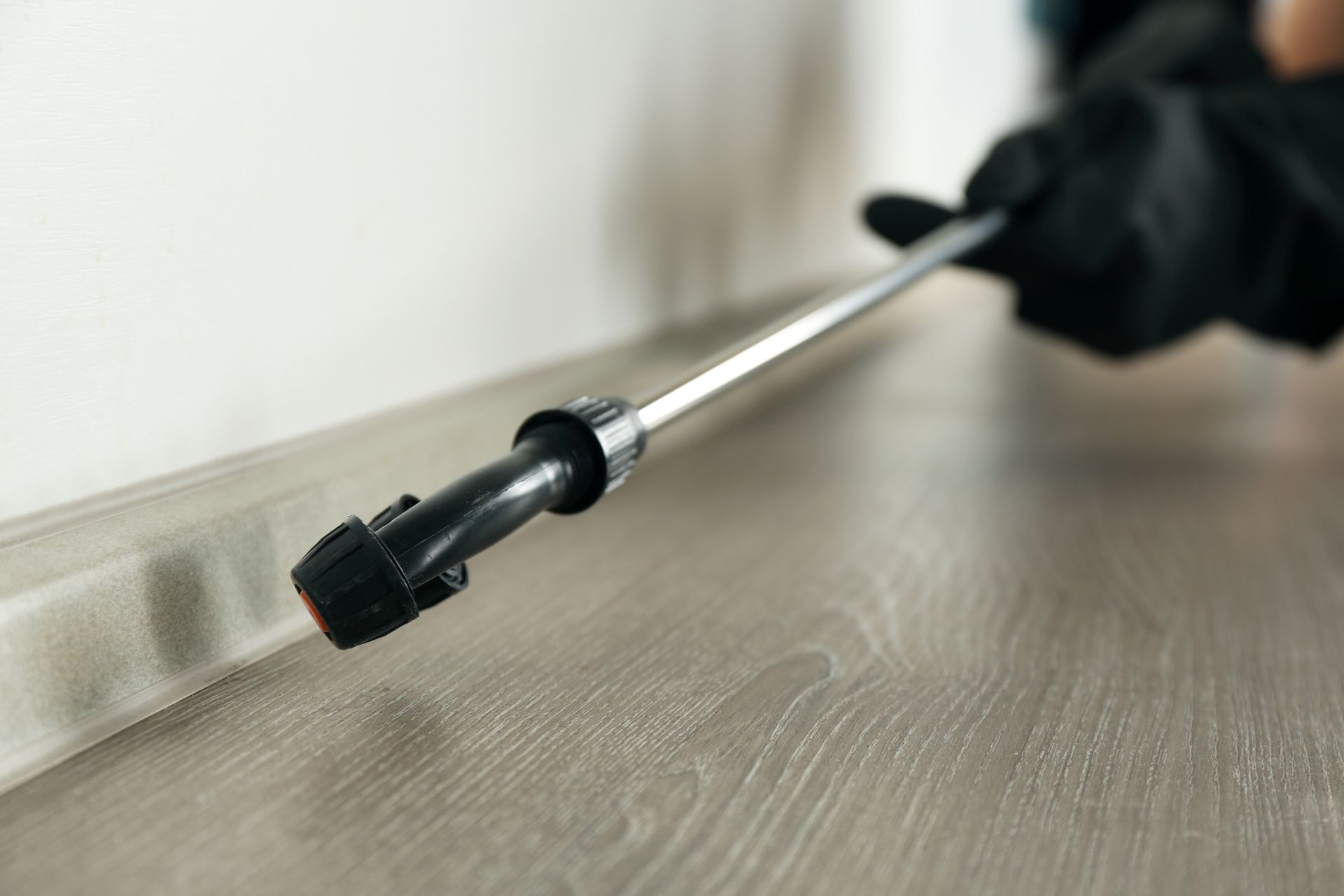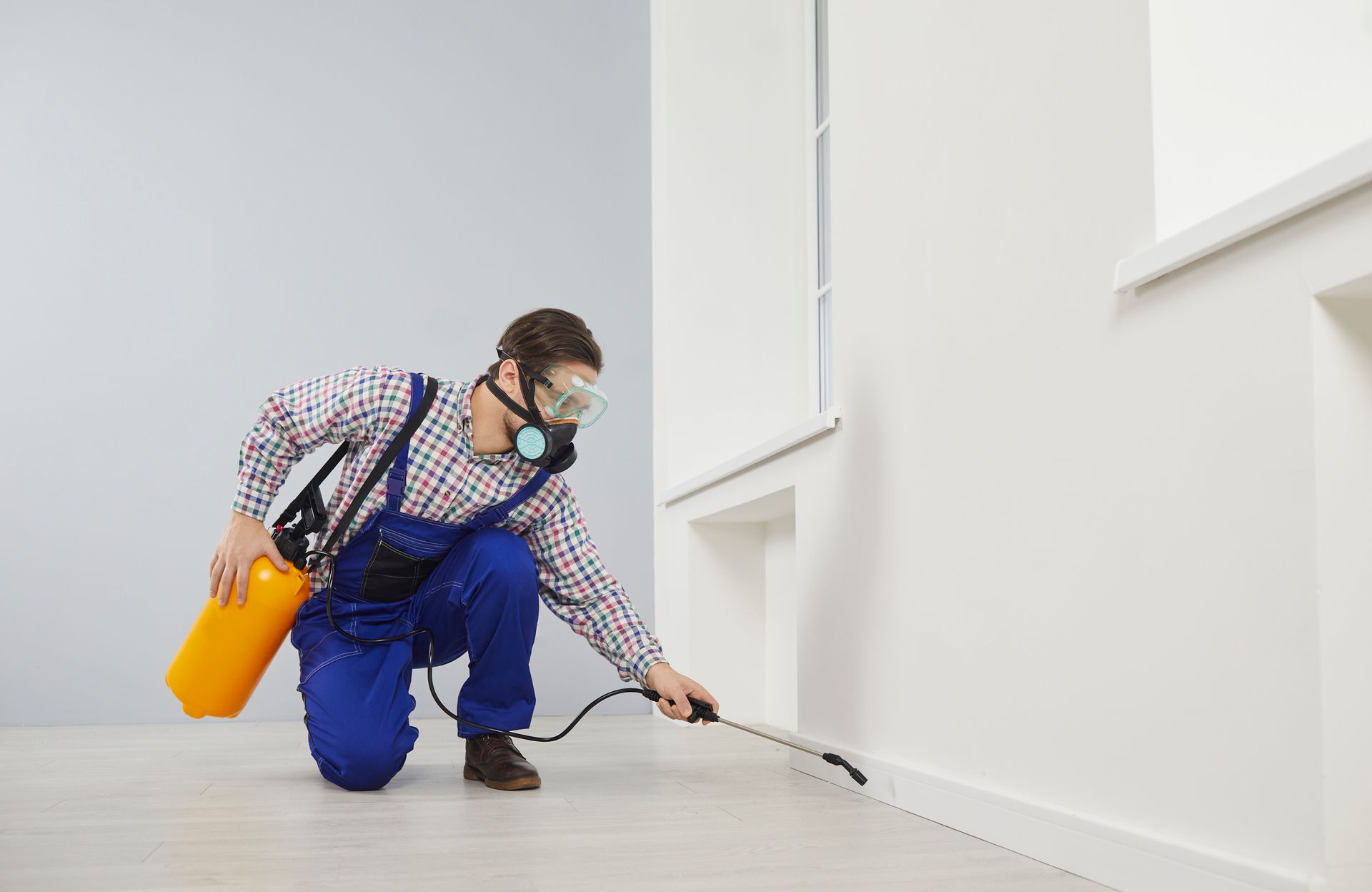4 Ways Earwigs Are Attracted to Your Garden
Typically, you do not want to run into a cluster of earwigs as you tend to your garden. Unfortunately, certain conditions can attract earwigs to your garden. Learn what attracts earwigs to your plants and how pest control services can help if the problem gets out of control.
1. Rotting Plants Earwigs are considered an invasive species in the United States and most likely made their way to American soil through European ships several generations ago. The insect will eat and destroy fresh plants, but one of their preferred meals is a rotting plant. When a plant dies and begins to rot away, the moisture and decaying material are ideal for an earwig.
Earwigs can spend day after day eating away at the rotting material and continue the process with each new plant. Ideally, you want to clean out your garden at least once a week and remove rotting plants that may attract the bugs. To help deter the earwigs from your garden even further, pick a far back corner of your yard to place the rotting plants. The area can attract earwigs away from your garden. Pest control workers can treat areas around the garden to create a barrier that keeps the insects away from the plants as well.
2. Ideal Nesting Areas Earwigs reproduce offspring in autumn and early winter. Your garden could become an ideal area where earwigs lay eggs and reproduce. To prevent whole families of earwigs in your garden, you need to prepare the area for the off-season months. One of the main ways your garden will attract reproducing earwigs is through fallen leaves.
Leaves rot, trap in moisture, and create damp places for the earwigs to thrive. Remove the leaves and keep your garden clear of debris. Along with rotting plants, pull out any weeds or excess plants that could die and rot away in the late autumn months.
A pest control worker can perform a complete inspection of your garden area as well. They will know how to identify earwig eggs and some of the most common nesting areas. You can have nests removed before they hatch, but timing is critical. Once eggs are laid, they will typically hatch within seven days.
3. Garden Bed Materials & Enclosures Along with plants, the enclosures you use for gardens could attract earwigs to your property. One of the main examples is wood. If you have wooden poles used for the garden, then gaps between the wood and locked in moisture can attract the earwigs. If wood is not properly stained and cared for, wood can also rot and create ideal locations.
Moist soil can press into the wood and cause rot. Replace your wooden pieces every couple of years or consider a different material to use for the garden. If you stain and keep wooden pieces protected, then you also have the option to treat the wood directly with pesticides.
A pest control worker can apply a treatment that lasts through multiple seasons. The treatment will deter earwigs from climbing on the wood and gaining easy access to the garden. Earwigs are natural climbers and can easily navigate their bodies up wood surfaces.
4. Overly Moist Areas As mentioned, earwigs like moist areas. Humidity and moisture are two factors that earwigs look for. As you water plants for your garden, be sure to avoid over-watering plants. The plants cannot absorb the excess water and you will only attract more bugs to the area.
Check weather reports to see when rain is supposed to come. If heavy rain showers come to the area, then let the rain provide the moisture needed for the plants. If you add excess water, then the water will not dry out quickly enough. The excess water can also contribute to other problems like rotting plants or wood rot on the garden enclosures.
You should also try to remove plants from any separate pots or separate planters. The planters can hold in moisture for longer and don’t allow water to seep into the ground or spread to other parts of the garden. The bottom of a planter could become an ideal nesting spot or daily location for an earwig to spend its time.
For more information on earwig treatments and other pest needs, contact us at Paffy's Pest Control . Along with garden protection, we can also help you treat the presence of earwigs in the home, including moist basement areas.















